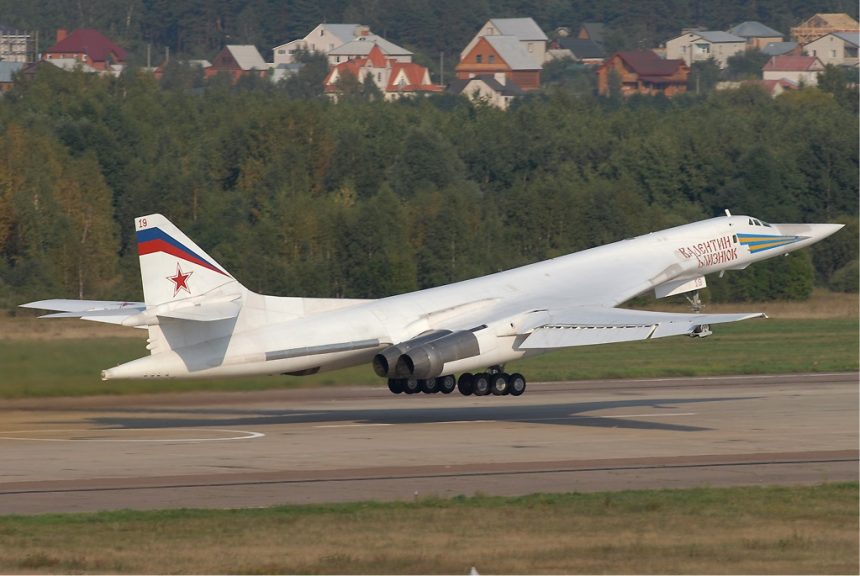Two Russian Tu-160 Blackjack strategic bombers that had left Russia on Oct. 28, have completed a 10,000 miles, 13-hour long range training flight and landed in Venezuela , according to the Russian Defense Ministry .
Talking to RIA Novosti news agency, a Ministry spokesperson said that the two supersonic bombers flew over Eastern Pacific Ocean along the southwest coast of North America, over the Caribbean Sea and landed at the airport in Maiquetía Caracas.
Interestingly, the long-range mission was supported by two Tu- 95 Bear strategic bombers that provided radio communications relay in remote areas along the route.
“All flights of Russian Air Force planes are carried out in strict accordance with international standards for the use of airspace,” the Russian spokesperson said.
This was not the first time two Tu-160s visit Venezuela: a similar deployment took place in Sept. 2008.
Top image: a Tu-160 at MAKS 2007 (Wiki)
H/T to Nicholas Martin for sending the link to the video

















